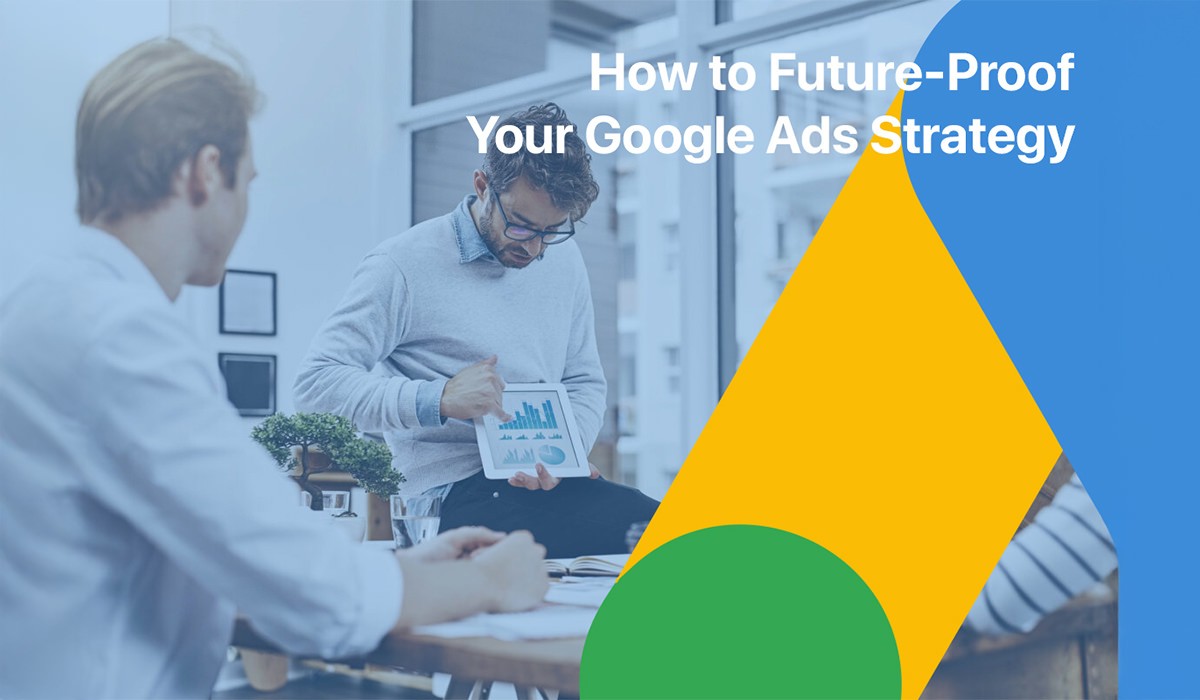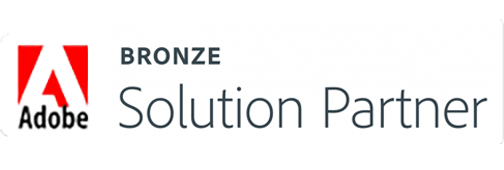In recent years, Software as a Service (SaaS)
businesses have leaned heavily on third-party cookies to track user behaviour,
build remarketing lists, and optimize campaign performance. However, with major
browser updates and growing data privacy concerns, the digital advertising
world is rapidly shifting towards a cookie-less future—a change that’s
already underway.
For SaaS marketers, this shift brings
challenges—but also a golden opportunity to rethink and future-proof their Google
Ads strategy. In this blog, we’ll explore the key impacts of this
transition, advanced techniques for sustaining growth, and how a trusted digital
marketing agency in Berlin like Ingold Solutions can help you stay
ahead of the curve.
Why Is the Cookie-less Future Inevitable?
Third-party cookies are small bits of code
used to track users across websites. These have powered digital advertising for
over a decade, enabling advertisers to follow potential customers from
awareness to conversion. But due to privacy regulations like GDPR and browser
changes (Apple's ITP and Google’s Privacy Sandbox), these cookies are being
phased out.
- Apple's Safari and Mozilla Firefox have already
blocked third-party cookies.
- Google Chrome, which commands over 60% of browser traffic, will follow suit by late
2025.
- User data must now be handled with explicit
consent, requiring new methods of targeting and attribution.
What This Means for SaaS Marketing
SaaS businesses are uniquely vulnerable in
this landscape:
- Long sales cycles demand precise remarketing.
- B2B audiences often require tailored, multi-touch campaigns.
- Freemium-to-paid models rely on tracking in-app and website
behaviour.
Without third-party cookies, visibility into
the buyer journey is obscured. Campaigns may struggle to attribute conversions
accurately, leading to poor budget allocation and underperforming ROI.
How Google Ads Is Adapting
Google, while eliminating third-party cookies
in Chrome, is simultaneously introducing privacy-first alternatives such as:
- FLEDGE (First Locally-Executed Decision
over Groups Experiment):
Enables on-device retargeting without tracking individuals.
- Topics API: Allows interest-based advertising without revealing specific user
data.
- Enhanced Conversions & Consent Mode: Strengthen attribution by using
first-party data with user consent.
But these tools require technical
implementation and strategic expertise—areas where many SaaS teams fall
short without external support.
How to Future-Proof Your Google Ads Strategy
1. Invest in First-Party Data Collection
First-party data is now the most valuable
asset in digital marketing. SaaS businesses should focus on collecting:
- Email addresses from sign-ups and gated
content
- On-site behavioural data via consented
analytics
- CRM integrations for offline conversions
Use this data to build Customer Match lists
in Google Ads and re-engage audiences with high intent.
Ingold Solutions helps SaaS businesses set up GDPR-compliant
first-party data strategies. As a top-tier digital marketing agency in
Berlin, we configure CRMs, form tracking, and backend data flows to enrich
campaign performance.
2. Use Enhanced Conversions and Consent Mode
Google's Enhanced Conversions bridges
the gap in attribution by securely sending hashed first-party data (e.g.,
emails) to improve conversion tracking. Pair it with Consent Mode to
respect user privacy while modelling behaviour for those who opt out.
These tools are vital in a cookie-less future,
and their proper setup requires coordination across developers, marketers, and
analytics teams.
Pro Tip: Ingold Solutions offers technical
implementation of Enhanced Conversions through Google Tag Manager, GA4,
and backend APIs.
3. Shift to Predictive and Modelled Attribution
Relying solely on last-click attribution won’t
cut it anymore. Embrace Google’s data-driven attribution (DDA) models,
which use machine learning to assign value across the full customer
journey—even when parts are invisible due to privacy rules.
- Use GA4 + Google Ads integrations
to unify online and offline data.
- Apply Modelled Conversions in
campaigns to make smarter bidding decisions.
Ingold Solutions can configure GA4 and DDA
tracking to ensure you never miss an attribution opportunity.
4. Leverage Google's AI and Audience Signals
As keywords become less precise and user-level
tracking fades, Google Ads is increasingly powered by machine learning. Performance
Max, Broad Match, and Responsive Search Ads (RSA) all rely on
feeding the algorithm with strong audience signals.
You should:
- Upload first-party data (Customer Match,
remarketing lists)
- Create custom intent audiences from site
behaviour
- Layer demographic and firmographic
signals for B2B
At Ingold Solutions, we build intent-driven
audience segments for SaaS clients, enabling precise targeting without
cookies.
5. Optimize Landing Pages for Quality Score
In a world with limited user targeting, your
landing page becomes your strongest conversion lever. Focus on:
- Lightning-fast loading speed
- Privacy-compliant cookie banners
- Clear, action-driven UX for demos,
trials, and contact forms
A/B test headlines and CTAs to discover what
resonates with different funnel stages.
Need help with CRO? As a full-service digital marketing agency
in Berlin, Ingold Solutions designs and tests high-performing landing pages
tailored for SaaS lead generation.
6. Implement Server-Side Tracking
Client-side tracking is vulnerable to ad
blockers and browser restrictions. SaaS brands can gain visibility by shifting
to server-side tagging, which pushes conversion data directly to Google
Ads from your server—without being blocked by the browser.
Though more technical, this approach boosts
both data accuracy and compliance.
Ingold Solutions offers server-side tracking
solutions that integrate seamlessly with platforms like HubSpot, Salesforce,
Stripe, and custom SaaS backends.
7. Monitor and Adapt to Privacy Sandbox Updates
Google’s Privacy Sandbox is still evolving.
Stay ahead by subscribing to beta features, using Google Ads API for
automation, and adapting creatives and bidding logic based on emerging
constraints.
Our experts at Ingold Solutions constantly
monitor Privacy Sandbox developments to adapt client strategies in real time.
Why Partner with Ingold Solutions?
At Ingold Solutions, we specialize in helping SaaS
companies scale efficiently through privacy-forward digital advertising.
With a strong focus on automation, analytics, and compliance, we’re uniquely
positioned to help you thrive in the cookie-less future.
As a certified Google Partner and full-service
digital marketing agency in Berlin, we offer:
- Google Ads strategy, setup, and
optimization
- First-party data integration and Enhanced
Conversions
- Landing page development and CRO
- GA4, Consent Mode, and server-side
tracking
- B2B SaaS audience segmentation and funnel
building
Whether you're launching a freemium product or
scaling an enterprise pipeline, we’ll guide your Google Ads to
perform—ethically and effectively.
Conclusion
The cookie-less era is not the end of digital
advertising—it’s the beginning of a smarter, more privacy-conscious future. For
SaaS businesses, adapting now is critical to sustaining growth.
By investing in first-party data, enhancing
attribution models, and working with a strategic partner like Ingold
Solutions, you can turn this disruption into a competitive advantage.
Ready to future-proof your
SaaS marketing?
Contact Ingold Solutions, the leading digital marketing agency in
Berlin, and let’s build your next growth chapter—without cookies, but with
full performance.







 Applicable for Package
Applicable for Package Optional
Optional